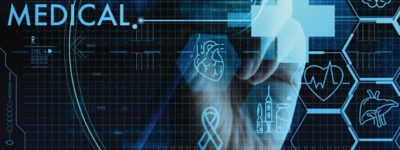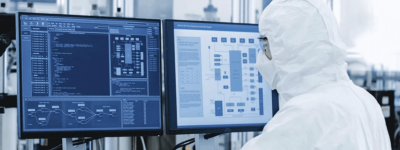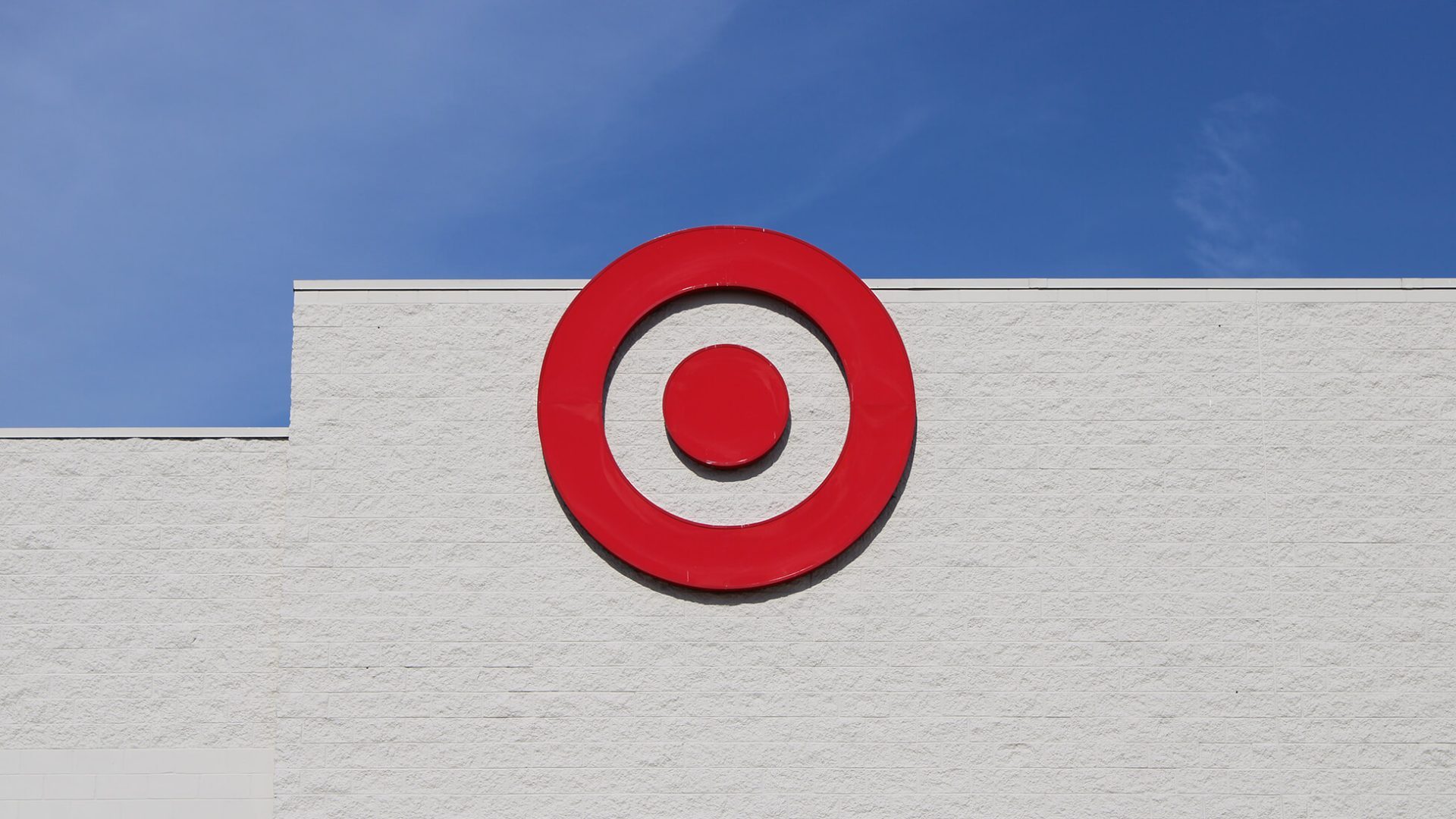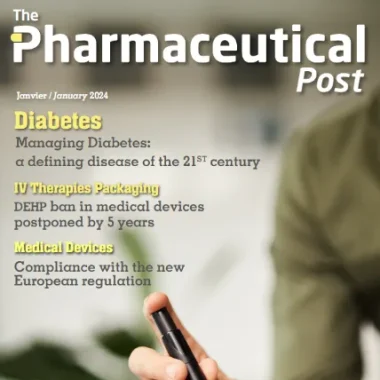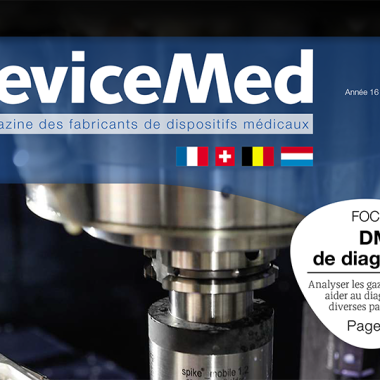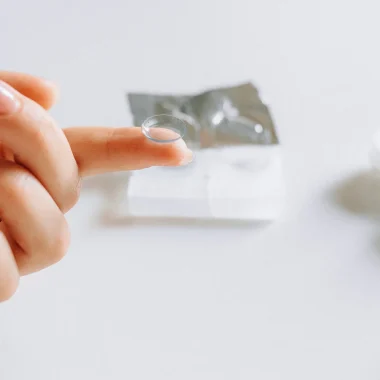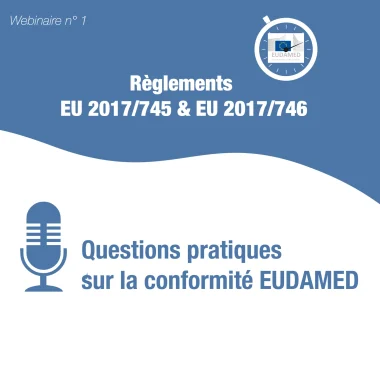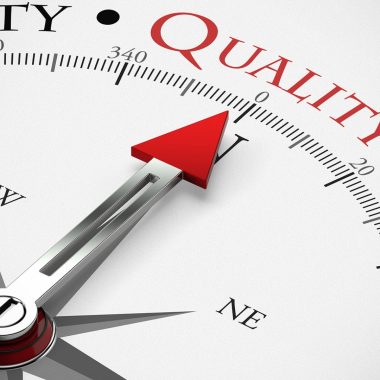Thousands of companies operate in the field of medical devices (MDs) throughout Europe, and all of them are affected by the implementation of Regulation (EU) 2017/745. This new regulation has considerably increased the level of requirements for MDs, bringing them in line with those of the pharmaceutical industry. It also introduces improved procedures for clinical evaluation, vigilance and market surveillance, as well as greater transparency and traceability of medical devices. These changes, which have significant consequences for MD manufacturers, are essential in order to provide more reliable and safer products and ensure the safety of end users and patients.
Manufacturer’ obligations: guaranteeing the quality, effectiveness and safety of medical devices
Contrary to popular belief, the process of meeting regulatory requirements does not begin in the production phase, nor in a company’s Industrial Department, but in the Quality Department, which is the first department to be involved in the process of obtaining the required certification. Regardless of the medical device risk class, Regulation 2017/745 requires manufacturers to establish and implement an effective Quality Management System (QMS). QMS – a well-known term amongst pharmaceutical suppliers – encompasses a series of requirements that are outlined in the only standard that applies to the sale of medical devices, the ISO 13485 standard, which must be documented, implemented, maintained, kept up to date and continuously improved in order remain relevant and effective throughout the entire life cycle of the devices concerned. The Quality Management System provides the manufacturer with a means of demonstrating the conformity of its medical devices.
Each medical device is also associated with technical documentation in which a substantial amount of data is recorded. This includes a general description of the MD, its intended purpose and uses, labelling, instructions for use, specifications, manufacturing, packaging, storage and handling procedures, measurement and monitoring procedures, etc.
Together with the technical documentation, the QMS is inevitably audited by the notified body to ensure that it conforms to the standard and is continuously applied by the manufacturer. In the event of non-compliance, the medical device cannot be marketed.
From manufacture to end use, each stage in the life cycle of the medical device must be traceable
Other manufacturer’s obligations include assigning a Unique Device Identifier (UDI) to each MD. The UDI consists of a UDI-DI (the primary identifier comprising a set of data relating to the device model) and a UDI-PI (a numeric or alphanumeric code representing the production data for the device model). The UDI should be displayed on the medical device label as well as on any additional packaging. It should also be included in the EU Declaration of Conformity, as well as in the Summary of Safety and Clinical Performance. The UDI, which is essentially an MD identity card, is the key to registering all this information in the UDI database and to registering medical devices in the European database on medical devices (EUDAMED). These measures enhance traceability to ensure rapid access to information about a medical device in the event of an anomaly, but they are also effective in the fight against counterfeiting.
Avoiding mistakes and choosing the right software

All these obligations generate a huge amount of data to be managed as it applies to each individual device. All data is therefore linked and interrelated, and it must be available at all times, whether for registering the device in EUDAMED, for certification purposes, for surveillance activities and post-certification monitoring, or in the event of a batch withdrawal or recall. It is therefore absolutely essential to use software capable of managing dynamic data originating from the QMS and the UDI (batch number, expiry date, etc.).
Therefore, when it comes to MD traceability, MES software should not be used. This type of software is designed exclusively for production purposes. It is used to manage, monitor and control the operation of machines by retrieving data such as production rates, and analysing anomalies to plan maintenance operations. MES software is not suitable for managing, exchanging and synchronising reference data, which is a requirement of the ISO 13485 standard!
So which solution should you choose?
Few providers possess significant expertise in combining regulatory requirements, UDIs, traceability and dynamic data management. This makes Ackomas’ unique expertise in these key areas a major asset. The KOA solution has been developed to meet all of the healthcare industry’s requirements: regulations, traceability and registration. The KOA premium SAAS software goes far beyond the functionalities of PIM (Product Information Management) software used alone because it also integrates functionalities essential to regulatory requirements: traceability functionalities in full compliance with quality standards. Both medical device manufacturers and pharmaceutical companies benefit from an efficient and industry-compatible solution that helps them fulfil their product compliance obligations.
You need help to choose the best solution? Contact us today.
A STAGGERING BURDEN ON NOTIFIED BODIES !
One of the biggest concerns for medical device manufacturers is not receiving their certification on time. The 26 May 2024 deadline for bringing medical devices into compliance is rapidly approaching. However, manufacturers are required to deal with notified bodies in order to obtain this much-needed certification. There are only 30 such bodies in Europe and only one exists in France – the GMED. With the increasing demand for evaluations, the time required to obtain certification currently exceeds 18 months, which naturally increases the risk of delaying the marketing of medical devices.
Themes
